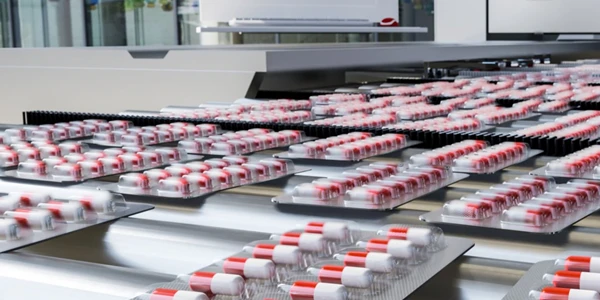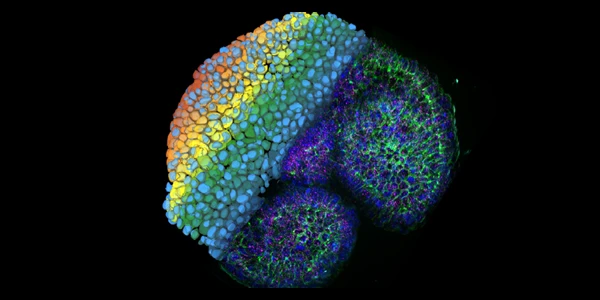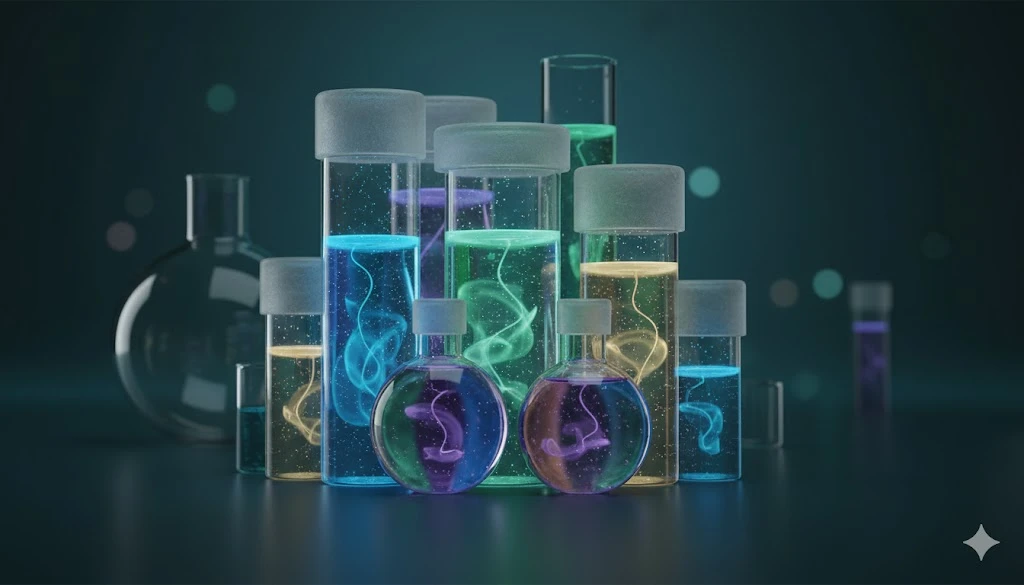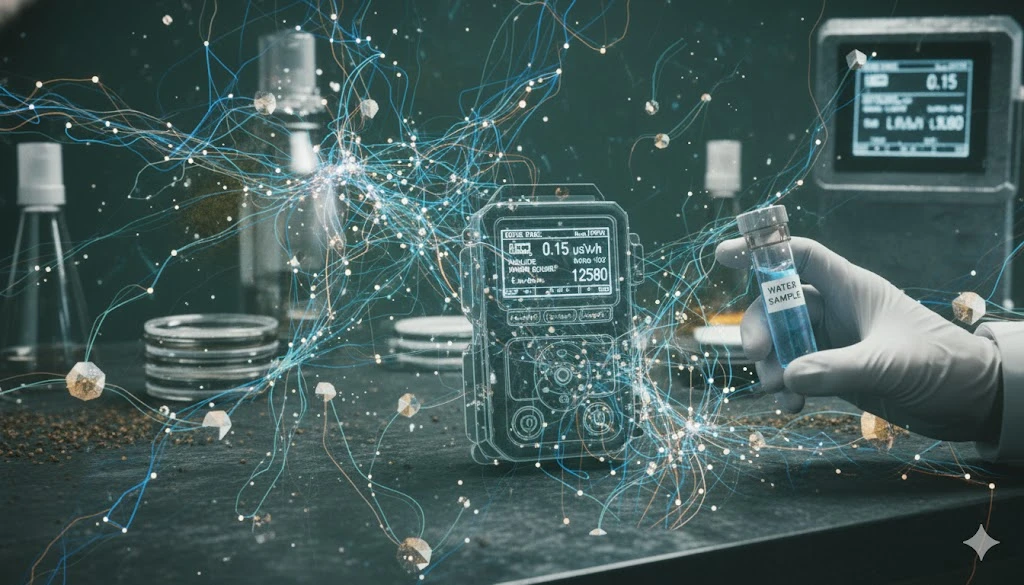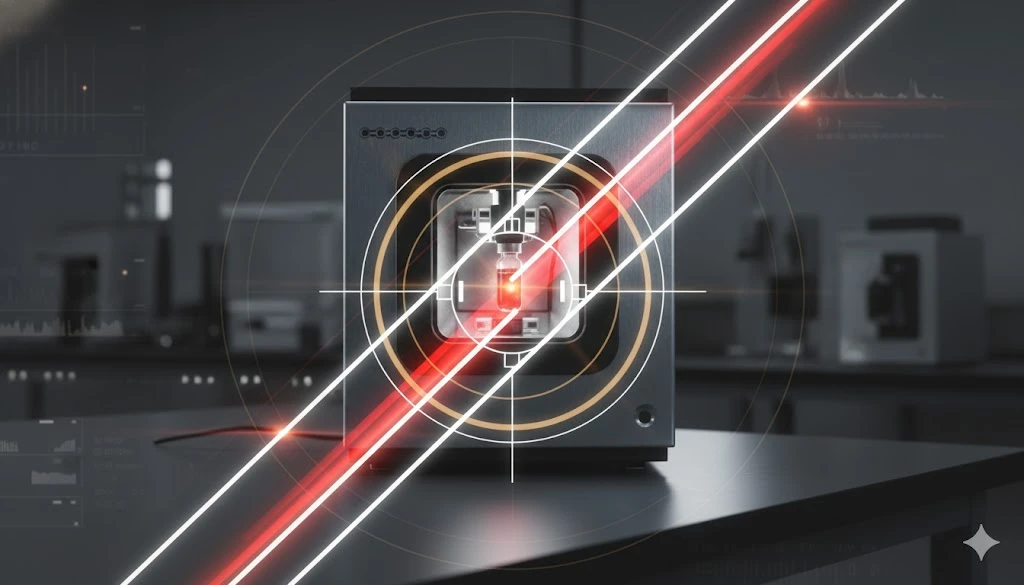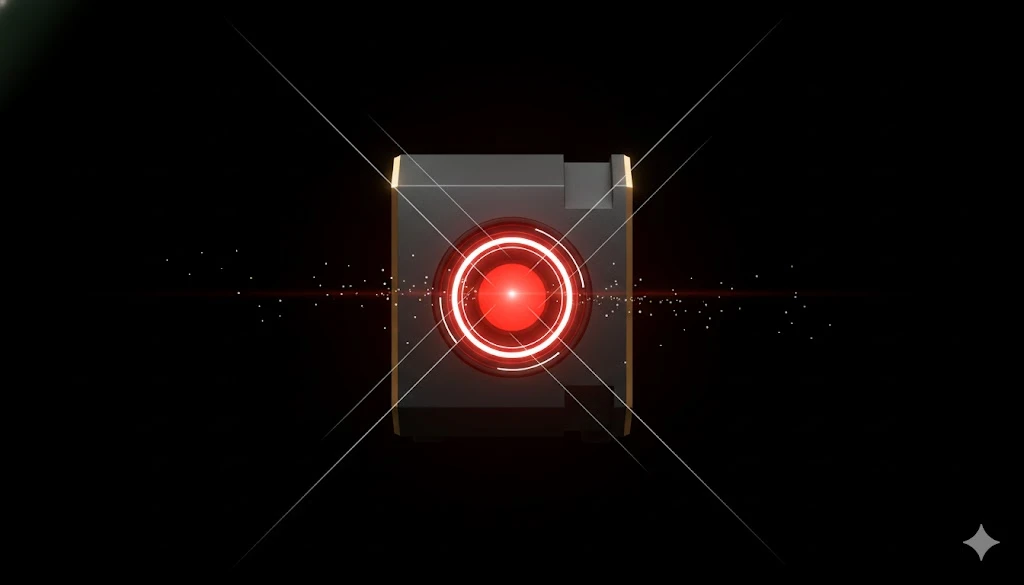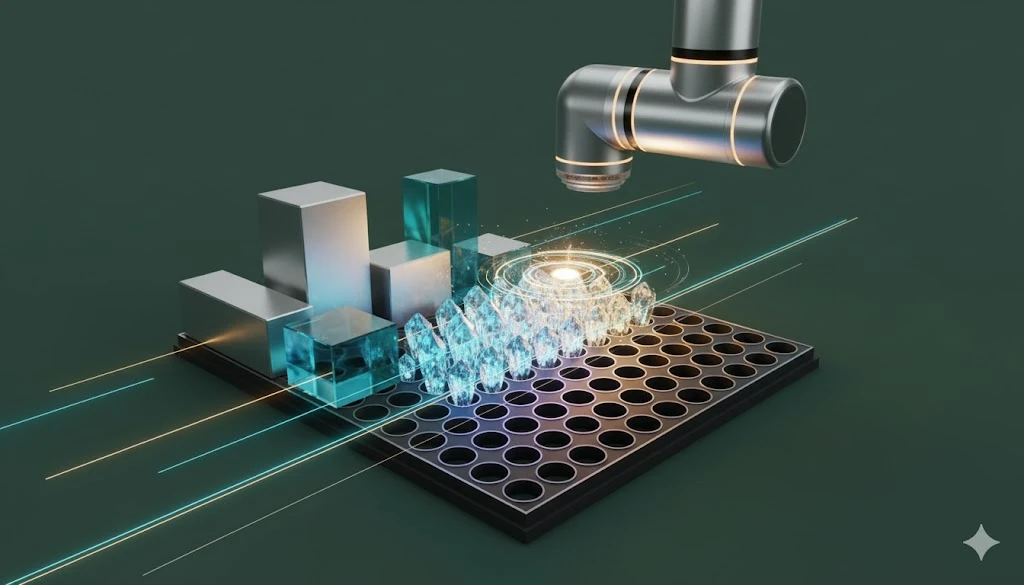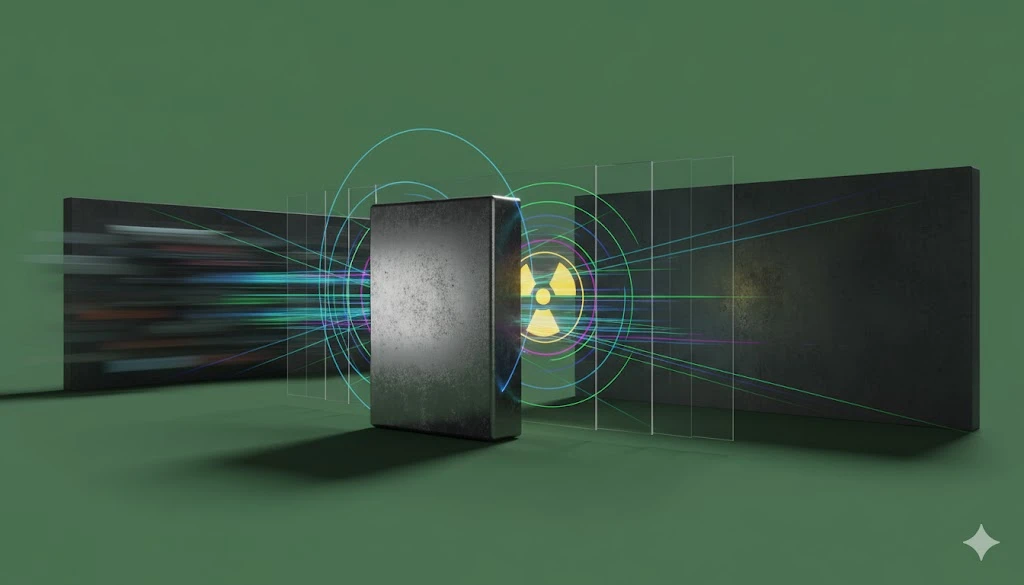How to Choose the Right Microcentrifuge Tubes for Your Lab
A Strategic Guide to Efficiency, Sustainability, and Cost Savings
Microcentrifuge tubes may seem like simple lab consumables, but choosing the right ones can significantly impact sample integrity, workflow efficiency, sustainability goals, and overall cost of operation.
What to Look for in Microcentrifuge Tubes
Selecting the proper tubes starts with your specific application needs—whether for qPCR, next-generation sequencing (NGS), or DNA purification. Key features to prioritize include:
- Material Composition
- RCF Tolerance
- Seal Integrity
For sensitive molecular workflows, low DNA-binding tubes are crucial to prevent sample loss and contamination, especially with scarce nucleic acid samples.
Sustainability and Innovation in Microcentrifuge Tube Design
Labs generate high volumes of single-use plastic waste. Eco-conscious innovations include:
- Bio-based and recycled plastics
- Thin-walled designs
- E-beam sterilization
The Sustain Series from Thermo Fisher, for example, uses biobased polypropylene certified by the ISCC (International Sustainability and Carbon Certification), aligning with institutional ESG goals.
A Smart Investment: Lower Costs, Better Results
Smart microcentrifuge tube choices deliver more than lab performance—they drive operational efficiency and budget savings. Benefits include:
- Higher nucleic acid recovery, reducing repeat assays
- Fewer assay failures and contaminations
- Lower waste disposal costs
- Better grant and partnership opportunities through sustainable practices
Download the guide to read more.
